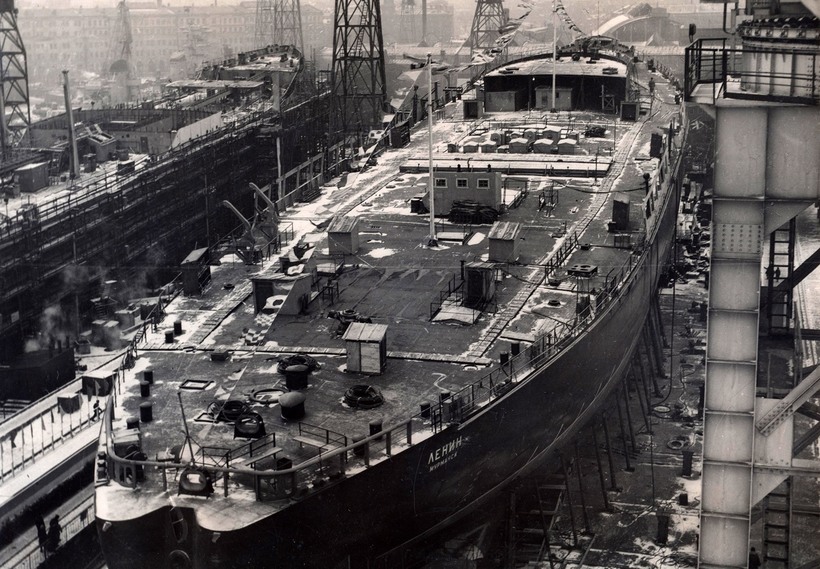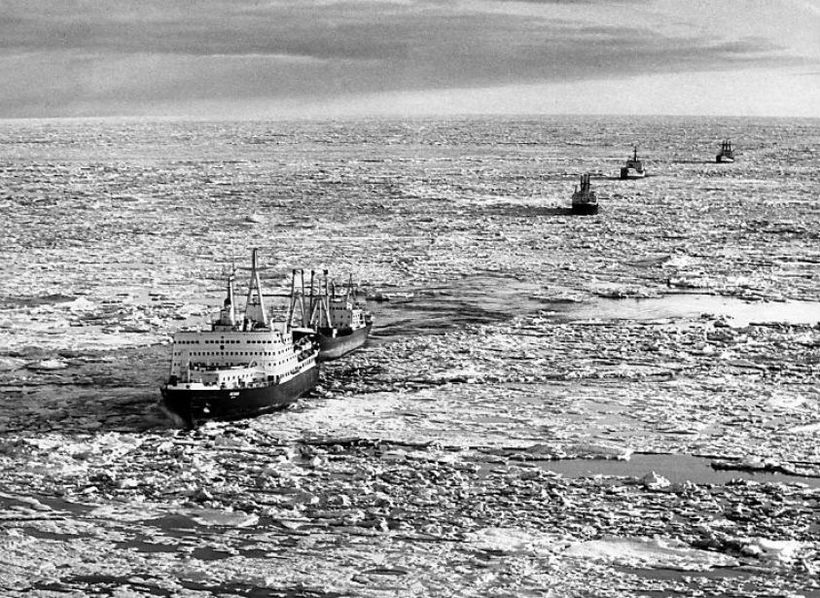During a sightseeing tour of Murmansk, tourists visit a very colorful and curious place - the decommissioned nuclear icebreaker "Lenin", which has become a museum.

A little history: the construction of the first in the USSR atomic icebreaker began in the summer of 1956 in Leningrad. Its construction became significant for that time: the conquest of the Arctic was proceeding by leaps and bounds, and at that time the question of updating and modernizing the Northern Fleet was acute. The peaceful atom became the service of the people.
Components for the icebreaker were supplied from different parts of the USSR: turbine generators were delivered from Kharkov, ship turbines - from Kirov. More than 500 enterprises participated in the construction of the ship. In 1960, the icebreaker Lenin became part of the Murmansk Shipping Company and the USSR gained tremendous superiority in the development of the Arctic. At the time of the laying, the icebreaker "Lenin" was the first nuclear powered surface ship and the first nuclear powered civil ship. Unlike the icebreaker "Lenin", the cargo-passenger ship "Savannah" with a nuclear power plant, created at about the same time in the USA, had a purely experimental designation. She did not show any obvious economic or other advantages over traditional vessels for the same purpose. The vessel was operated from 1962 to 1969 and after the completion of the planned test program, it was decommissioned (converted into a floating museum), remaining an ordinary episode in the US nuclear program. Civil nuclear shipbuilding in this country did not receive further development.

In the USSR, on the contrary, the creation of the first nuclear icebreaker laid the foundation for the development of a new high-tech industry - nuclear shipbuilding - and the emergence, ultimately, of a whole fleet of nuclear ships.
The icebreaker "Lenin" served for 30 years and in 1989 it was decommissioned and put to an eternal stop in the city of Murmansk.


